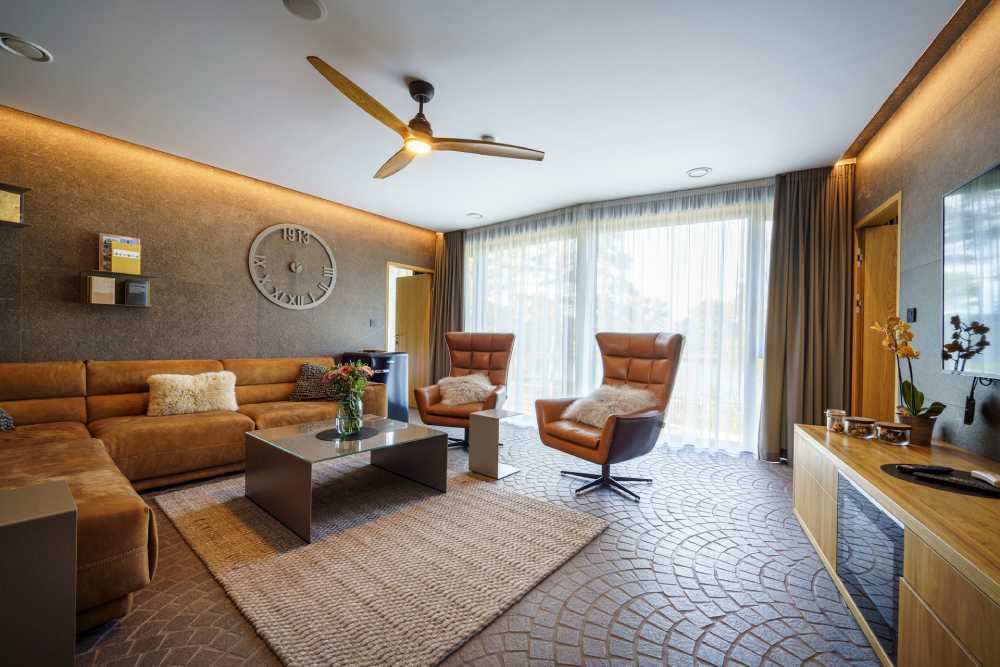Creating Community: The Role of Common Areas in Modern Apartment Living
The concept of community living has evolved significantly over the years, especially within modern apartment complexes. The move away from isolated living towards more connected and interactive environments is shaping new trends in urban living.
Creating spaces that promote interaction and offer multiple amenities has become crucial in this transformation. This trend not only enhances lifestyle quality but also fosters a stronger sense of community.
For instance, residents at East Village apartments have access to a variety of shared amenities that foster community spirit and convenience. These amenities can significantly improve daily living and foster closer ties within the community, making residents feel more connected and engaged.
Contents
The Evolution of Common Areas
Common areas in apartment complexes have come a long way from their simple origins as hallways and lobbies. Today, modern apartment buildings often feature a diverse range of communal spaces designed to meet various needs.
These include rooftop gardens that offer a breath of fresh air in urban environments, state-of-the-art gym facilities for health-conscious residents, and shared workspaces that cater to the increasing trend of remote work. Such amenities bring substantial benefits, making life more convenient and enjoyable while fostering a sense of community among residents.
According to recent studies, properties with high-quality communal spaces report higher satisfaction rates among residents, illustrating the profound impact that well-designed common areas can have on resident well-being and retention.
Types of Common Areas and Their Benefits
Rooftop gardens provide people with a tranquil haven, a verdant sanctuary that enhances mental health. Through the improvement of air quality and the reduction of urban heat islands, they also support environmental sustainability.
On-site fitness centers in apartment complexes save residents time and money on gym memberships, encouraging a healthier lifestyle. They also serve as a meeting point for neighbors to connect over shared fitness goals, leading to healthier, happier residents.
Shared workspaces within apartment complexes have gained popularity due to the rise of remote work. These areas allow residents to work from home while still enjoying the benefits of a professional setting. They offer amenities like high-speed internet, comfortable seating, and quiet zones for focused work.
Apartment Therapy states that these spaces can significantly enhance productivity and well-being by providing a conducive environment for work. They also offer networking and collaboration opportunities, fostering a sense of community among residents who may be isolated while working from home.
Overall, common areas within apartment complexes offer residents a variety of benefits to enhance their living experiences.
Designing for Interaction
The design of common areas plays a vital role in encouraging interaction among residents. Open layouts, comfortable seating, and versatile spaces are essential elements in promoting engagement. Spaces designed with sociability in mind can facilitate both planned and spontaneous interactions.
For example, strategically placed seating areas encourage residents to linger and chat, while open-plan layouts allow for easy movement and gathering. Versatile spaces that can accommodate various activities—from community events to casual meetups—create a dynamic environment that continuously engages residents.
When designed effectively, these areas can become the heartbeat of a community, enhancing the overall living experience by fostering connections and creating a vibrant, interactive atmosphere.
The Psychological Impact of Common Areas
Communal spaces can have a significant psychological impact on residents. By fostering interactions, these areas reduce feelings of isolation and promote a sense of belonging. Designing spaces that are inviting and conducive to socialization can lead to stronger community bonds and improved mental health.
Common areas create opportunities for casual encounters, which can evolve into meaningful relationships over time. These positive interactions can significantly enhance the quality of life, making residents feel more integrated and supported within their community.
The presence of engaging communal spaces can transform an apartment complex from a mere place of residence into a thriving social ecosystem where everyone feels included.
Data-Driven Insights on Common Areas
Research indicates that well-designed common areas can lead to higher rental retention rates. A study by the Urban Land Institute found that apartment complexes with premium communal spaces experienced lower vacancy rates and higher levels of resident happiness.
These findings underscore the value that residents place on communal amenities. Investment in these spaces not only enhances the living experience for residents but also benefits property owners by reducing turnover and increasing demand.
The positive correlation between high-quality common areas and resident satisfaction highlights the importance of thoughtful design and strategic planning in the development of apartment complexes. By prioritizing the creation of engaging communal spaces, property developers can foster a more vibrant and connected community that supports long-term resident retention.
Conclusion: The Future of Community Living
The role of common areas in modern apartment complexes is more critical than ever. As these spaces continue to evolve, they will play a significant part in shaping the future of community living.
By fostering connections and providing valuable amenities, common areas can transform apartment living into a rewarding experience. The integration of thoughtful design, diverse amenities, and opportunities for social interaction creates a holistic living environment that meets the needs of contemporary residents.
As urban living trends continue to shift toward greater community engagement and connectivity, the importance of well-designed common areas will only continue to grow. These areas not only improve the standard of living for locals, but they also help build thriving, inclusive, and sustainable communities.

